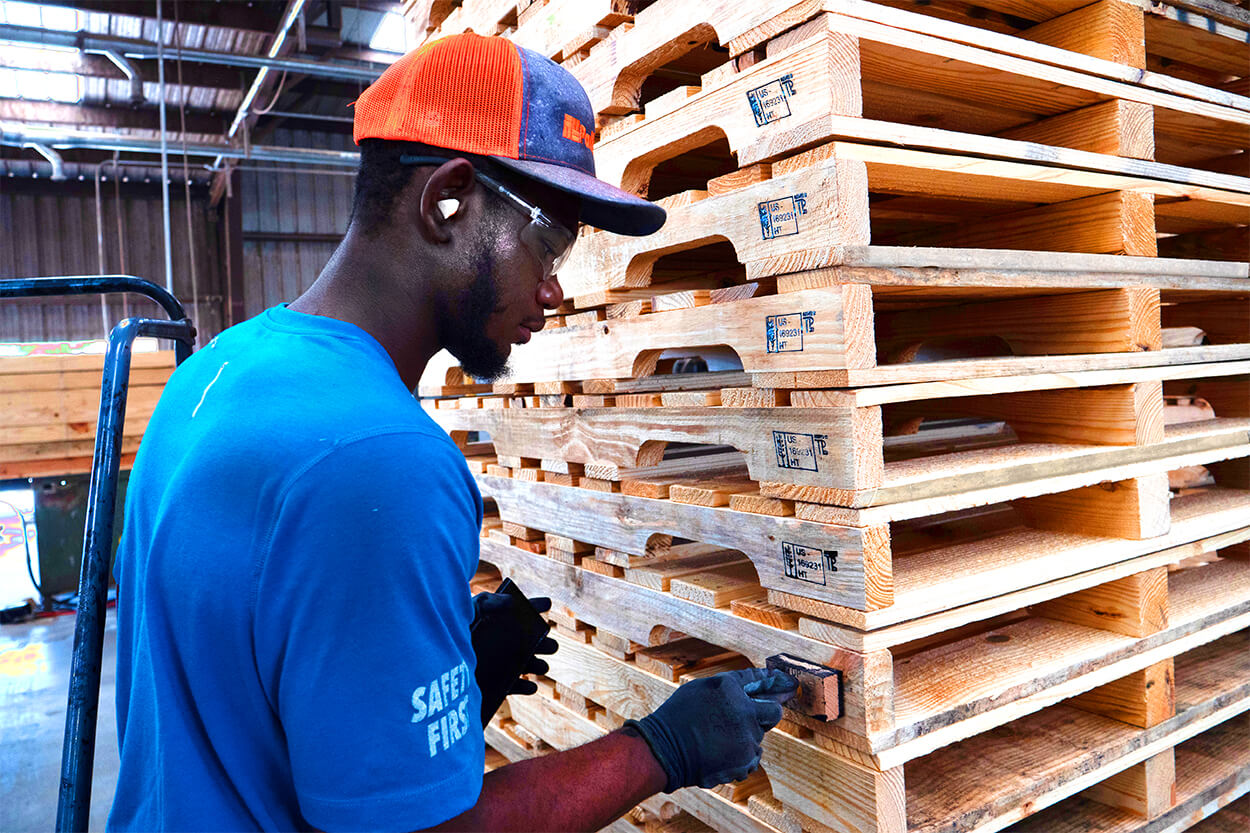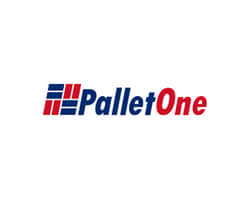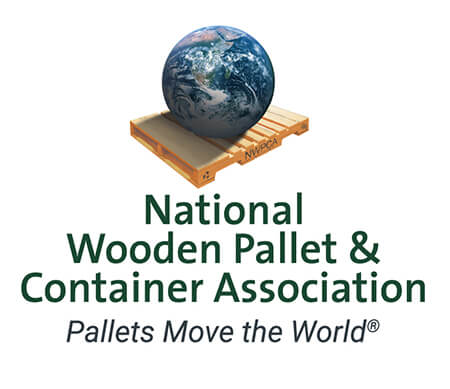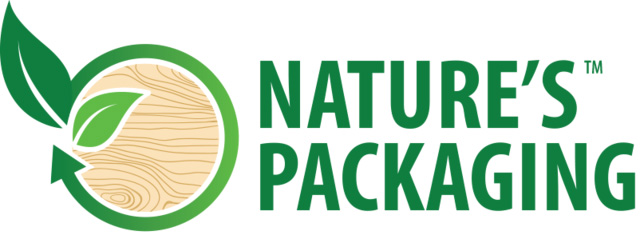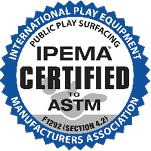If your business frequently ships internationally, you should be familiar with heat treated pallets. Heat treated pallets are often required in order to comply with international export standards. In addition to ensuring export compliance and facilitating an efficient international supply chain, heat treated pallets offer many benefits including increased durability, increased safety, and reduced weight. They also help protect the environment by reducing the spread of invasive species and enabling reuse and recycling year after year.
Keep reading to learn the answers to frequently asked questions about heat treated pallets, including what a heat treated pallet is, why you might need a heat treated pallet, how to identify a heat treated pallet, and the benefits of using heat treated pallets for your shipping needs.
What is a heat treated pallet?
Heat treated pallets are often referred to as HT pallets, yet the concept remains the same: heat treatment is a method of sterilizing the wood to remove all hazardous materials, thereby making the pallets safer and better suited for shipment. The process involves heating the pallet to a minimum core temperature of 56°C (132.8 °F) for at least 30 minutes. The wood is then stamped to indicate that the heat treatment has been completed and complies with international standards.
How are heat treated pallets regulated?
HT pallets are regulated by the International Standards for Phytosanitary Measures (ISPM 15), which requires that the wood utilized for pallets is debarked, heat treated, and stamped with a mark of compliance. The ISPM 15 standards have been adopted by all U.S. trading partners, incorporated into U.S. and Canadian regulations since 2012.
How can you tell if a pallet is heat treated?
IPPC certified heat treated pallets are typically stamped in black ink, with the stamp surrounded by either a square or oval shape. The code on the pallet will include the letters HT. See the image below for a clear example of what a heat treated pallets stamp looks like:
Why are heat treated pallets used?
Heat treating wood pallets removes any trace of fungus, disease, or insects that may be present in the wood. This is critical for international trade–and even when crossing state lines–to avoid introducing non-native diseases and species that could be disastrous to the local ecosystem. Even if these organisms are not visible to the naked eye, they may still be present in untreated wood. Heat treating effectively reduces the risk of pest infestation.
In addition, heat treating takes water out of the wood and makes the wood more water-resistant. This not only reduces pallet weight, protecting product from damage and reducing the risk of load rejection due to unsanitary conditions like mold and bacteria growth.
What are the benefits of heat treated pallets?
While heat treated pallets often come at a higher price point compared to non-treated pallets, heat treating offers many advantages that can quickly offset the added expense. These benefits include:
- Export compliance for seamless transportation across state or country lines. Heat treated pallets are a must for exports. Maintaining a fleet of certified heat treated pallets for your international shipments reduces the risk of load rejection and shipping delays and ensures a fast, efficient, and safe supply chain.
- Increased durability and longevity. With less risk of mold and bacteria growth, heat treated pallets maintain their strength and integrity and will not rot easily. Because of this, heat treated pallets can also be reused over and over again, with a longer lifespan than untreated wood pallets.
- Lower pallet weight. At scale, weight saved can also save shipping costs by enabling more products to be added to each load or by reducing fuel usage.
- Reduced risk of product damage. Because heat treated pallets are more durable than standard wood pallets, they are a safer option for transporting goods with lower risk of damage. Thanks to a very low moisture content, heat treated pallets also reduce the risk of product contamination from mold and bacteria growth.
- Reduced environmental impact. Heat treated wood pallets can be constructed with sustainably-sourced and recycled wood, making them more environmentally sustainable than plastic, and they can be reused and recycled for much longer than standard wood pallets. Furthermore, heat treated pallets protect the environment by reducing the spread of invasive species.
- Increased safety. Heat treated pallets are safe and non-toxic. Since they are treated with heat only, heat treated pallets pose no risk of exposure to toxic fumes.
Need heat-treated pallets for export?
All PalletOne locations are audited and certified annually by third-party inspectors to provide heat-treated pallets for export in accordance with the IPPC’s most current ISPM 15 requirements.
As an industry leader, our team is well educated on ISPM 15 rules and regulations for HT pallets and stays informed on the latest changes in wood packaging export requirements. We can help you ensure that your shipment meets all required international regulations and will keep you up to date on regulation changes that may affect your shipments.
Still have questions about our heat treated pallets? If so, we welcome you to contact us by phone or email for a free quote and a detailed consultation to help you make the right choice.

